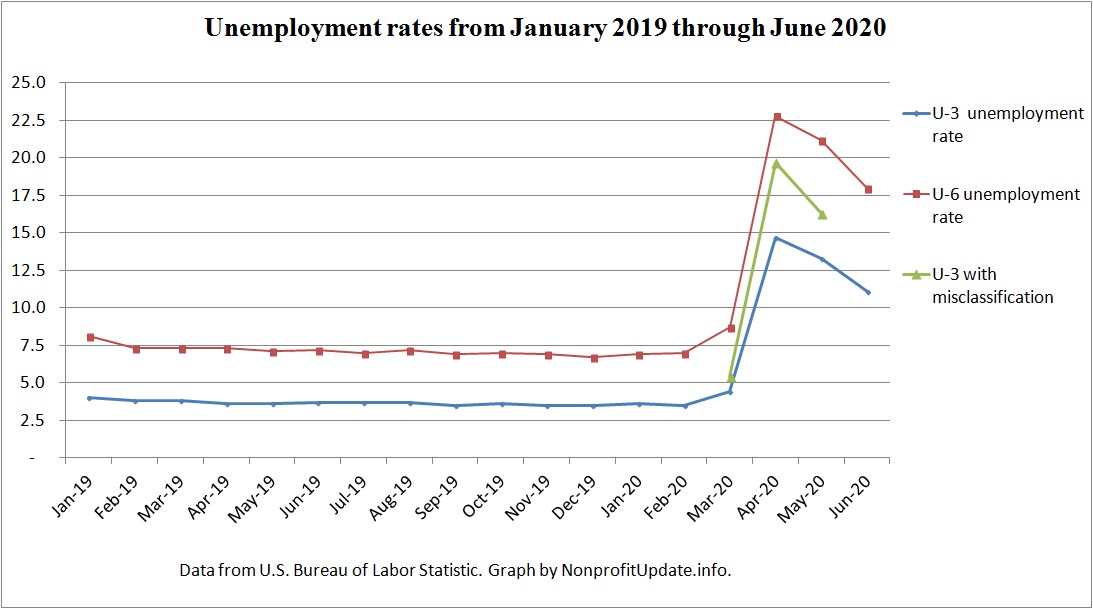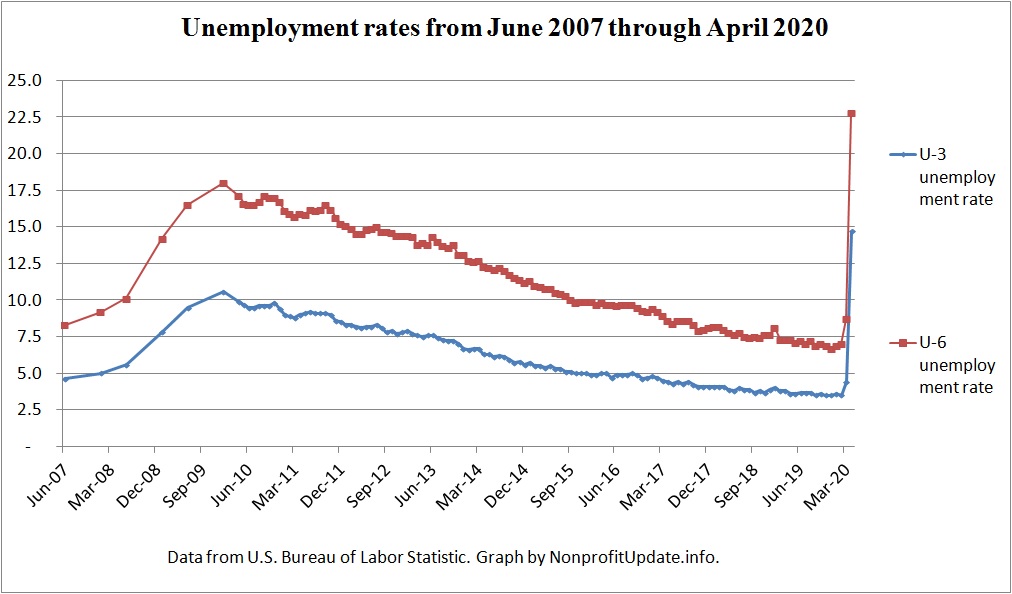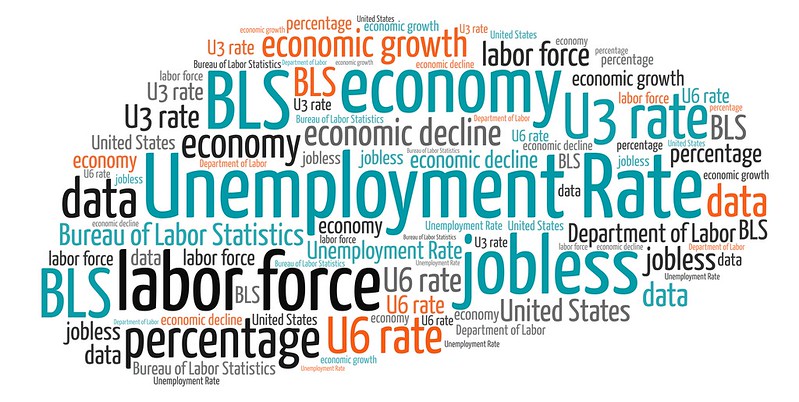The unemployment rate dropped from 8.4% in August 2020 to 7.9% in September.
Amongst the extremes we are seeing during the shutdown, that 0.5% drop is the smallest monthly decline since the peak in April.
(Cross post from my other blog, Attestation Update.)
Check out the extreme swings in the U-3 unemployment rate over the last 7 months:





